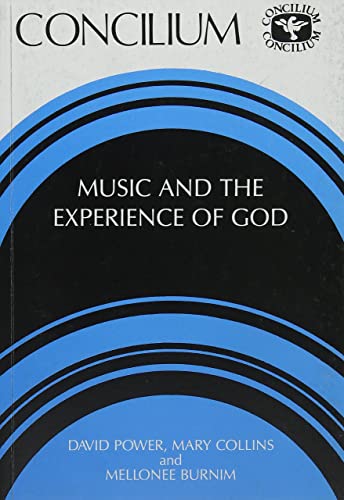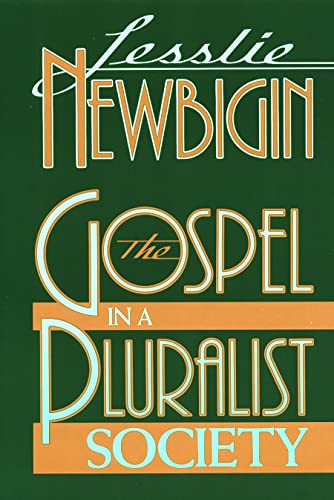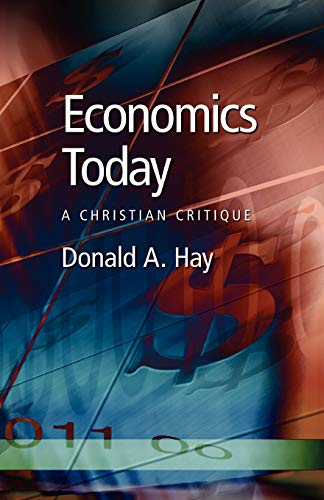Ezekiel (The Forms of the Old Testament Literature, vol. 19)
Written by Ronald M. Hals Reviewed By Leslie C. AllenForm criticism has been through an updating process. Time was when James Muilenburg could justly take form critics to task for their preoccupation with the typical, to the neglect of the individual character of texts (‘Form Criticism and Beyond’, JBL 88 (1969), pp. 1–18). In reaction Rolf Knierim proposed a newer kind of form criticism that was fully open to the text and sought to expose the particular use of a genre by means of a flexible structural analysis that highlighted matters important to the text itself, such as rhetorical style or use of traditional motifs (‘Old Testament Form Criticism Reconsidered’, Interpretation 27 (1973), pp. 435–468, esp. pp. 459–467).
The result of this rethinking is a series of volumes devoted to this new sort of form-critical study, edited by Knierim and Gene M. Tucker. Each volume engages in structural analysis of pericopes and follows it up with examination of setting and intention, as an aid to understanding. There is also a substantial glossary of genres and formulas at the back, where those less skilled in the discipline might well begin in order to learn the language. In general terms, this approach is a wedding of the older diachronic method to the synchronic approach that has become more fashionable in recent times. In the case of Ezekiel this blending is of special significance in that Zimmerli’s and Greenberg’s commentaries are marked by an emphasis on the diachronic and synchronic respectively.
Form criticism is important for the study of the prophetic literature, and especially so in the case of Ezekiel, who as a priest-prophet inherited ways of communication characteristic of both backgrounds and moulded them into a unique and complex blend. Zimmerli made a major contribution to the form criticism of Ezekiel. Hals acknowledges his debt to him. But his analyses often refine Zimmerli’s work, and he has been able to make good use of recent research. He has missed (or implicitly dismissed) B. Willmes’ insight into 34:2–16, 17–22 as double oracles of judgment/salvation, a category that nicely covers 44:6–16 too. He has overlooked B.O. Long’s study of a question and answer schema used by Ezekiel to link a symbolic act with its meaning (JBL 90 (1971), pp. 129–139). Presumably D. F. Murray’s valuable refinement of Graffy’s work on the disputation (JSOT 38 (1987), pp. 95–127) came out too late for his consideration. But there is so much that Hals has covered: the bibliographies, both general and particular, are good.
The verse-by-verse structural analysis nicely links form and content. It rigorously forces readers of Ezekiel to get their noses down to the text before them instead of skimming. It must be admitted that the author is not much of a rhetorical critic. This is ironic because Knierim in his key article realized the importance of rhetorical-critical factors, under the influence of Muilenburg’s outcry. Hals does occasionally find room for the device of inclusion and he is sometimes alert to repetition, which is so important in Hebrew writing, and even to wordplay once in a while. He seems to consider Ezekiel’s style too ‘pedestrian’ for many rhetorical features (p. 217). This is unfortunate. Hals is seemingly unaware of H. Van Dyke Parunak’s 1978 dissertation and articles on stylistic structure in Ezekiel, and of P.D. Miller’s Sin and Judgment in the Prophets (1982). The result is that Muilenburg’s clarion call, heeded by Knierim, has here gone largely unheard. Rhetorical criticism can often uncover the particular way that form-critical elements are used. Thus on 47:1–7 ‘and behold’ is a structural marker that occurs in verses 1, 2 (missed by Hals) and 7, introducing a series of disclosures. In verse 6a it is replaced by an attention-seeking question. Accordingly the narrative moves in four stages, verses 1, 2, 3–6a, 6b–7, each stage beginning with a guidance formula, which is slightly delayed in the third case, which Hals again misses. He lacks the rhetorical critic’s eye for such signals of a text’s development. His structural analyses are consequently less helpful than they might have been.
Most sections necessarily begin with a short treatment of text-critical issues. Evidence for Hals’ emendations is left uncited and the treatment is rather superficial and secondhand. He declares his unwillingness to follow Zimmerli in his degree of emendation (p. xii). If he had had to write a full-length commentary and so been forced to grapple with the relationship between the Masoretic Text and the Septuagint, as Zimmerli was, one suspects that his conclusions would have been different.
Zimmerli’s third contribution to the study of Ezekiel was in the area of redaction criticism. Hals too is a moderate redaction critic, but in keeping with more recent trends he stresses literary wholeness; wisely he confines the period of the literary process to the exile. In line with Knierim’s program, Hals lays a valuable emphasis on tradition history, tracing the development of earlier theological concepts. He tends to dismiss literary dependence, however, even when correspondence to other texts is especially close, and thus differs from such scholars as Baltzer and Fishbane. In the study of the prophets, oracles of judgment have received more study than oracles of salvation. In the latter Hals usefully uncovers the regular use of two techniques: continuity of divine action, so that God’s promises are shown to be consistent with his earlier work, and the undoing of a previous evil situation, in which either the evil actions of the oppressor or the desperate plight of the oppressed may be emphasized (see especially p. 250).
The reviewer cannot follow Hals in his judgment that in chapters 44–48 the ‘prince’ or head of state is not to be closely related to the Davidic tradition. This issue is a complex one, but application of the term to the historical dynasty in earlier chapters (and indeed in 45:9) and to the future Davidic king in 34:24, 37:25 suggests a sensitive intent to perpetuate a ‘messianic’ tradition in terms of a more constitutional monarchy during a period when political animosity against monarchy was rife. However, the author, who has an interesting style of writing that enlivens what otherwise might seem tedious material, has given us many literary and theological insights.
Leslie C. Allen
Fuller Theological Seminary,
Pasadena, California







